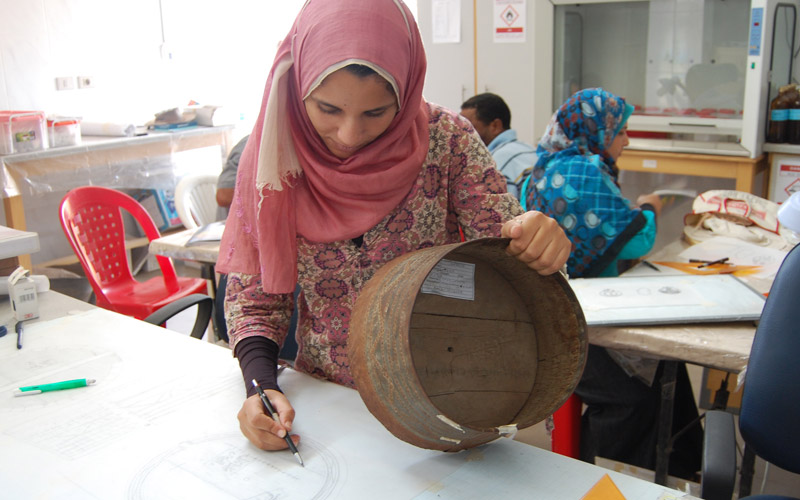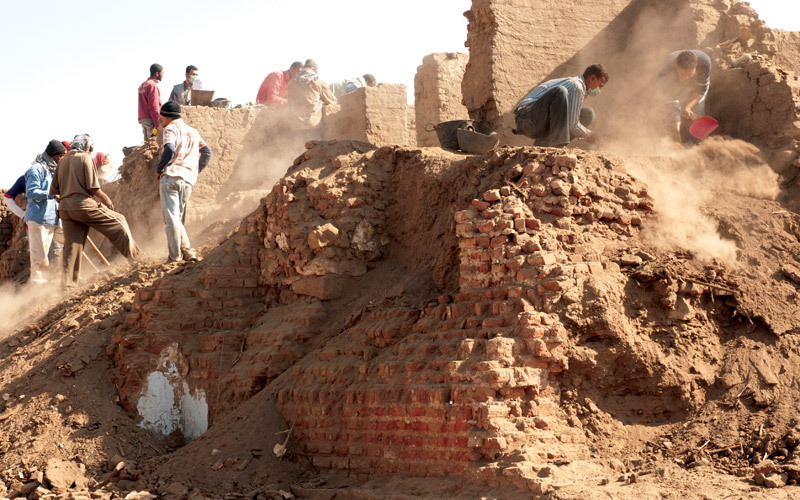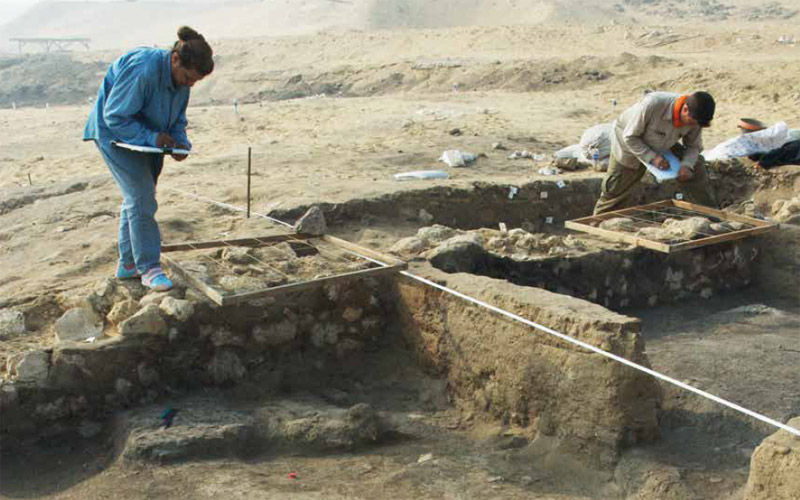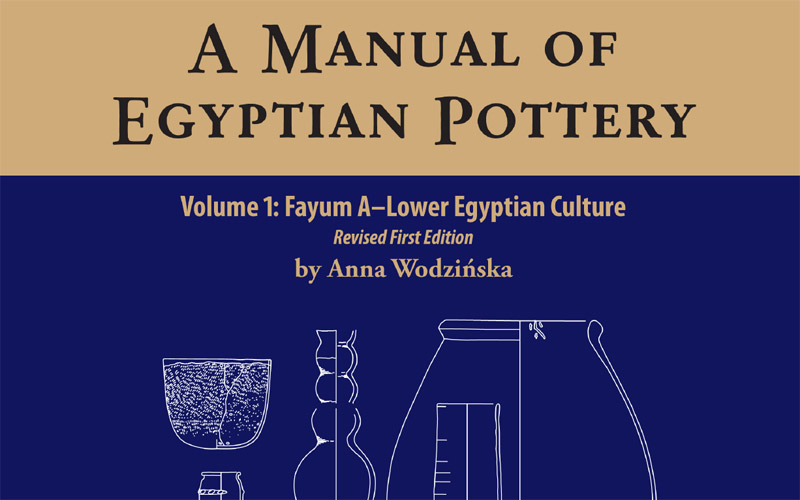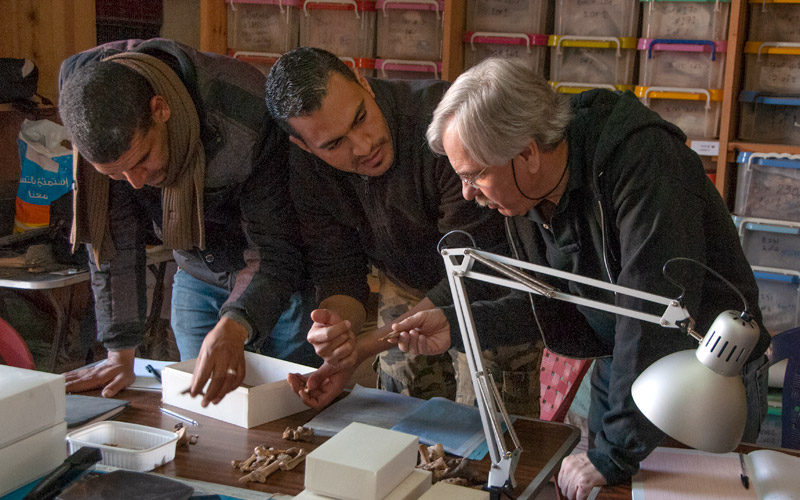Training
We provide training and support to young Egyptian archaeologists in excavation and archaeological analysis
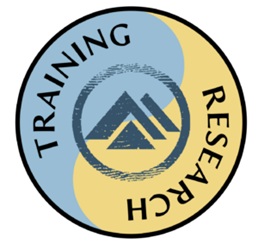 With your support, we are excited to relaunch AERA’s Archaeological Field School at the Lost City of the Pyramids. Also known as Heit el-Ghurab, this site once housed the workers and administrators responsible for constructing the pyramids.
With your support, we are excited to relaunch AERA’s Archaeological Field School at the Lost City of the Pyramids. Also known as Heit el-Ghurab, this site once housed the workers and administrators responsible for constructing the pyramids.
Our field schools offer archaeologists from Egypt’s Ministry of Antiquities and Tourism invaluable hands-on training in scientific excavation. The Ministry has specifically requested that AERA resume this essential program. We are thrilled to begin a new series of large-scale excavations and field schools at the Giza plateau, which your generosity will help bring to life.
Your tax-deductible donation supports education and world cultural heritage at one of Egypt’s most iconic locations. It is an investment in the future of Egyptian archaeology.
Learn more about about AERA’s Archaeological Field School and how you can help make it a reality!
Our Field School Program
Beginners Field School
Our Beginners Field Schools emphasize the basics of standard modern archaeological practice.
In addition to teaching basic skills in the excavation and recording of archaeological sites, students receive an introduction to archaeological specialties including:
- archaeobotany (plant remains)
- archaeozoology (animal bones)
- osteology (human bones)
- ceramics
- lithics (stone tools),
- archaeological illustration,
- survey and mapping.
Advanced Field School
Advanced Field Schools aim to give students an overview of the techniques used for studying material culture and introduce basic sampling procedures for collecting material in the field.
These sessions are conducted with small groups of students to allow for the in-depth and intensive training of each student in a single archaeological concentration.
Graduates of our Advanced Field Schools have gone on to teach other students and to work on archaeological sites across Egypt.
Salvage Archaeology Field School
Salvage Archaeology Field Schools (SAFS) take archaeological training into the real world of urgent rescue archaeology. Students are taught surveying, systematic excavation and recording, retrieval and analysis of materials, data storage, and report preparation.
The first SAFS was taught in Luxor and was the largest archaeological mission in Egypt at that time. We have since conducted two more SAFS sessions in Luxor and Memphis.
Analysis and Publication Field School
Without data recording and publication, information is still not fully salvaged. This field school program teaches students how by publishing, we conserve information for future generations. In addition to writing reports, students are taught skills such as map preparation, archaeological illustration, and photo editing.
Our student publication, Settlement and Cemetery at Giza: Papers from the 2010 AERA-ARCE Field School is available to download as a free PDF.
Field School Manuals
Our ceramic field school manual, the four-volume A Manual of Egyptian Pottery by Dr. Anna Wodzinska is available for free download or print purchase.
This set covers Egyptian pottery, ranging from the earliest (Fayum A) ceramics to pottery made in Egypt today, organized by historical periods. The manuals are quick identification guides as well as starting points for more extensive research.
From Our Students' Perspective: Learning Bone
We believe the best way to train students is through a hands-on approach, embedding them in our current research projects.
In this AERAgram article, two of our archaeozoology students share their first-hand experiences studying ancient animal bone analysis during the Giza 2018 field and lab season.
Their studies included lab work, site visits, field trips to the zoo and fish markets, as well as learning how to prepare skeletons to start their own comparative collections.
AERA Members help fund our Egyptian training programs
Become an AERA member and your contribution helps provide supplies, equipment, and staff salaries for our field school program.
Interested in learning more about our field schools?
Sign up for our newsletter and be the first to find out about new field school sessions.
Selected Field School Bibliography
2018. “Field Schools Are Changing the Face of Egyptology, and AERA and Its Graduates Are Helping to Lead the Way.” AERAGRAM vol 19 no 2, page 28.
2018. “Know to Show: AERA Field School 2018 Begins Preparing an Ancient House for Show Time.” AERAGRAM vol 19 no 2, pages 18–23.
2018. “AERA Field School 2018.” AERA Annual Report 2017–2018, page 7.
2018. “Hussein Ahmed, Mohamed, and Mohamed Raouf Badran. Learning Animal Bone: AERA-ARCE Field School Training.” AERAGRAM vol 19 no 1, pages 22–27.
2015–2016. Lehner, Mark. “Supporting Egypt’s Archaeologists: Field Training in the Heit el-Ghurab Settlement of the Giza Pyramids.” The American Research Center in Egypt Bulletin no. 207, pages 1, 3–19.
2015. Sadarangani, Freya, and Alexandra Witsell (editors). Settlement and Cemetery at Giza: Papers from the 2010 AERA-ARCE Field School. Boston: Ancient Egypt Research Associates.
2015. “Training Two Sites, Two Field Schools: Analysis and Publication and Beginners.” AERA Annual Report 2014–2015, page 4.
2014. “Return to Memphis: MRFS 2014.” AERAGRAM vol 15 no 1 & 2, pages 6–9.
2014. “Catching Up with Our Field School Alums.” AERA Annual Report 2013–2014, page 17.
2013. “Completing Their First Book Of Research Papers: AERA Analysis And Publication Field School.” AERA Annual Report 2012–2013, page 5.
2012. “AERA Field School Grads Take the Lead.” AERAGRAM vol 13 no 2, pages 8–9.
2012. “2011–2012 Archaeological Field Schools: Mit Rahina Field School.” AERA Annual Report 2011–2012, pages 16–18.
2012. “2011–2012 Archaeological Field Schools: Taking Charge. On-the-Job Training.” AERA Annual Report 2011–2012, page 19.
2011. “New Cycle, New Site: The Mit Rahina Field School.” AERAGRAM vol 12 no 2, pages 18–19.
2011. “The Luxor Field School 2011.” AERAGRAM vol 12 no 1, pages 6–8.
2011. “The Luxor Study Field School 2011.” AERA Annual Report 2010–2011, pages 20–23.
2010. “Called Back to Luxor: The Salvage Archaeology Field School-2.” AERAGRAM vol 11 no 1, pages 2–6.
2009. “The 2009 Advanced Field School: How Far We’ve Come.” AERAGRAM vol 10 no 2, pages 2–3.
2009. “Fun, Fellowship, and Fabrics: Teaching Ceramics in the AERA-ARCE AFS.” AERAGRAM vol 10 no 2, pages 4–6.
2009. “Grad School” at Giza: The 2009 Advanced Field School.” AERA Annual Report 2008–2009, pages 20–23.
2008. “AERA in Luxor: The Salvage Archaeology Field School.” AERA Annual Report 2007–2008, pages 5–7.
2007. “The Future of Egypt’s Past: The 2006 AERA/ARCE Advanced Field School.” AERAGRAM vol 8 no 2, page 9.
2006. “The Class of 2005: From All of Egypt.” AERAGRAM vol 8 no 1, pages 1–3.


